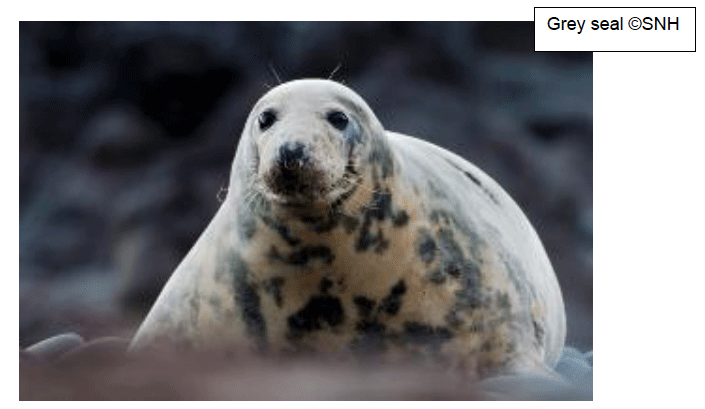Report to the Scottish Parliament on Progress to Identify a Scottish Network of Marine Protected Areas
This reports on which sites are currently included in the MPA network and outlines progress on Nature Conservation MPAs, Historic MPAs, and Demonstration and Research MPAs.
MPAs in the wider context and the process of identification
MPAs are an internationally recognised tool, helping to contribute to Scottish Government's vision for "clean, healthy, safe, biologically diverse marine and coastal environments, managed to meet the long-term needs of both people and nature" and help meet international commitments to establish networks of MPAs under:
- the OSPAR convention;
- the World Summit on Sustainable Development;
- the Convention on Biological Diversity;
- the EU Marine Strategy Framework Directive
Sites designated in Scotland will contribute to UK and international networks of MPAs, forming a system of MPAs operating together, with a range of protection, to meet their conservation role more effectively than individual sites could alone.
Based on this vision and these international commitments The Scottish MPA Selection Guidelines [6] were developed and consulted upon, providing guidance on the identification of the network. It contains the 41 MPA search features representing a range of important features to Scotland, for which MPAs are considered to be a suitable measure, and for which sufficient data was considered likely to be available.
The identification of the MPA proposals was done on a regional basis based on OSPAR sub-regions [7] . Scotland's seas fall into four OSPAR sub-regions: Region I (Arctic waters), Region II (Greater North Sea), Region III (Celtic Seas), and Region V (Wider Atlantic).
What did we look for?
The Scottish MPA Selection Guidelines set out a five-stage process for the selection of Nature Conservation MPAs in Scotland's seas:
- Stage 1 - Identification of search locations based on presence of key features
- Stage 2 - Prioritisation of search locations based on the qualities of their features
- Stage 3 - Assessment of the size an MPA needs to be effective
- Stage 4 - Assessment of the ability to manage features effectively
- Stage 5 - Prioritising potential areas according to their contribution to the network
Before applying these more detailed stages across Scotland's seas a series of reviews were undertaken that highlighted opportunities to recognise and develop the contribution of a number of existing protected areas and other area-based measures. The reviews also determined the potential contribution of locations that were assessed as being Least Damaged/More Natural by comparing these with existing data on the distribution of MPA search features.
An initial series of MPA search locations were derived from these existing measures and from within locations identified as Least Damaged/More Natural. Of the 33 MPA proposals and 4 search locations, 20 are based on existing measures, and 12 are derived from Least Damaged/More Natural locations. Additional MPA search locations were subsequently identified to encompass remaining MPA search features.
Adequacy of the MPA network for representing the MPA search features against Stage 5 of the Selection Guidelines is based upon existing OSPAR principles for the development of an ecologically coherent network. These principles are as follows:
- Representation - Does representation of the feature reflect the OSPAR regions considered to be important for the feature?
- Replication - Is there more than one example of each feature within the Scottish MPA network? If yes, is there replication across the OSPAR regions in which the feature is recorded?
- Geographic range and variation - Does protection for the feature reflect what is known about the geographic range and ecological variation of the feature in Scotland's seas?
- Linkages -Does the network provide adequate linkages between species and habitats and their interdependent marine ecosystems? This will only be assessed where there is a good understanding of the relationship between features in different areas to help build connectivity into the network. The focus has been on areas of importance to the life histories of mobile species.
- Resilience - Is it considered necessary to include a greater proportion of some particularly threatened and/or declining features within the network?
The advice from SNH and JNCC on whether the guidelines have been met for each MPA search feature, and the evidence that was used to support these assessments, will be in the Detailed Assessment against the MPA Selection Guidelines document for each MPA proposal.
The approach for establishing Historic MPAs is set out in Historic Scotland's MPA Guidelines. [8]

Contact
There is a problem
Thanks for your feedback